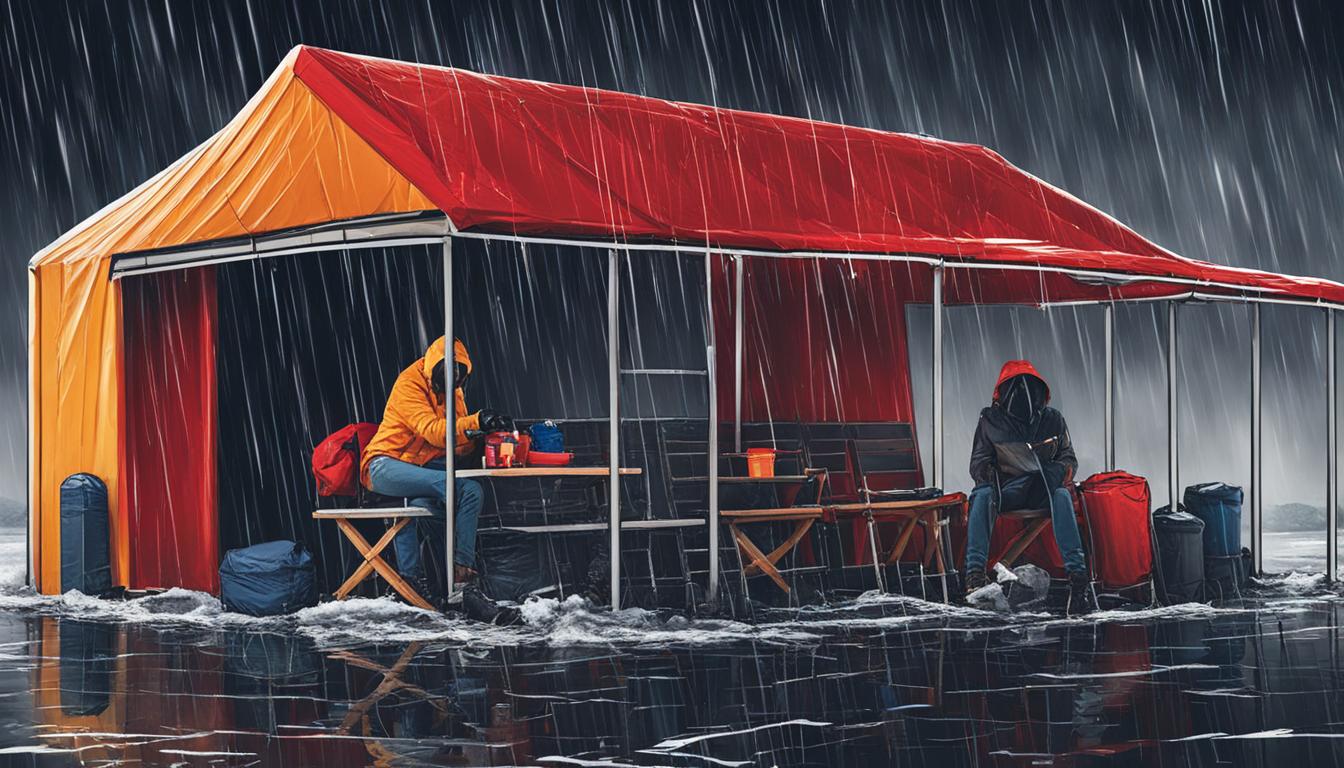When severe weather strikes, it is crucial to prioritize your safety and that of your loved ones. By following some essential tips for staying safe during a severe weather event, you can effectively mitigate risks and ensure your well-being. Understanding the potential dangers associated with severe weather conditions is the first step towards protecting yourself from harm.
Severe weather events, such as hurricanes, tornadoes, and thunderstorms, can pose various hazards, including strong winds, heavy rainfalls, and lightning. These conditions can cause damage to property, disrupt utilities, and pose risks to personal safety.
By familiarizing yourself with severe weather safety tips, you can take proactive measures to safeguard yourself and your family. Stay informed about the latest weather updates, prepare an emergency kit, and know how to take shelter and stay secure during severe weather events. These actions can make a significant difference in ensuring your well-being and reducing the impact of severe weather on you and your loved ones.
Stay Informed and Prepared
During severe weather events, staying informed and prepared is crucial to ensure your safety and the safety of your loved ones. By staying informed about severe weather alerts, you can take proactive measures to stay one step ahead and minimize the potential risks. Pay attention to local weather forecasts, listen to trusted news sources, and sign up for emergency alerts in your area.
Preparing for severe weather starts with creating an emergency kit. This kit should include essential supplies and tools that will help you weather the storm. Stock up on non-perishable food items, bottled water, a first aid kit, flashlights, batteries, a battery-operated radio, and a backup power source. Additionally, make sure to include any necessary medications, important documents, and contact information for emergency authorities and loved ones.
Having an emergency kit readily available can make a significant difference in your ability to cope with severe weather conditions. Store your kit in a designated, easily accessible location in your home. Remember to regularly check and replenish the supplies in your kit to ensure they are fresh and up to date.

When a severe weather event is imminent, follow any evacuation orders or recommendations issued by local authorities. If evacuation is not necessary or possible, identify the safest areas in your home where you can take shelter. These areas should be away from windows and doors, preferably in an interior room on the lowest level of your home.
Keep in mind that severe weather can also impact road and transportation conditions. Plan your routes accordingly and consider having alternative transportation options in case of any disruptions. Familiarize yourself with emergency protocols at your workplace, school, or any other relevant locations, and make sure to communicate and coordinate emergency plans with your family and loved ones.
By staying informed and prepared, you can better protect yourself and your family during severe weather events. Remember, it’s never too early to start preparing for severe weather. Take the necessary steps now to ensure your safety and peace of mind.
Take Shelter and Stay Secure
When severe weather strikes, it’s crucial to find a safe place to take shelter. The first step in staying protected during severe weather is to identify the safest locations in your home or building. Seek out a basement or storm cellar if available, as these areas provide the most secure protection from the elements. If you don’t have access to a basement, an interior room without windows, such as a bathroom or closet, can offer a safe alternative.
In addition to finding a safe space, it’s important to secure your property to mitigate potential damage. Start by bringing any outdoor furniture, toys, or equipment indoors to prevent them from becoming dangerous projectiles in strong winds. If time allows, cover windows with storm shutters or plywood to minimize the risk of shattered glass. Trim any loose branches or overhanging trees near your property to reduce the chances of them causing damage during severe weather events.
While taking shelter and securing your property are crucial steps, it is equally important to stay safe indoors during severe weather. Gather essential supplies such as a battery-operated radio, flashlight, and extra batteries to keep yourself informed and prepared. Stay away from windows and avoid using electrical appliances or plumbing fixtures during a severe storm to avoid potential risks of electric shock or flooding.
Remember, taking shelter during severe weather and securing your property are essential for keeping yourself and your loved ones safe. By following these guidelines, you can minimize the risks and protect yourself from the potential dangers associated with severe weather events.






